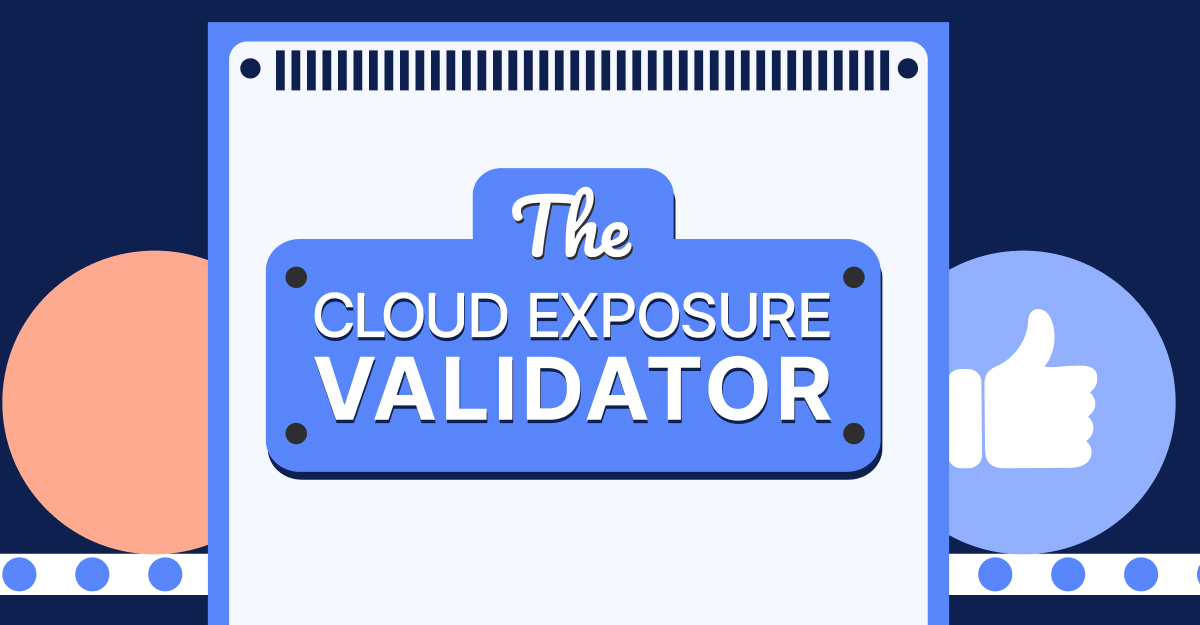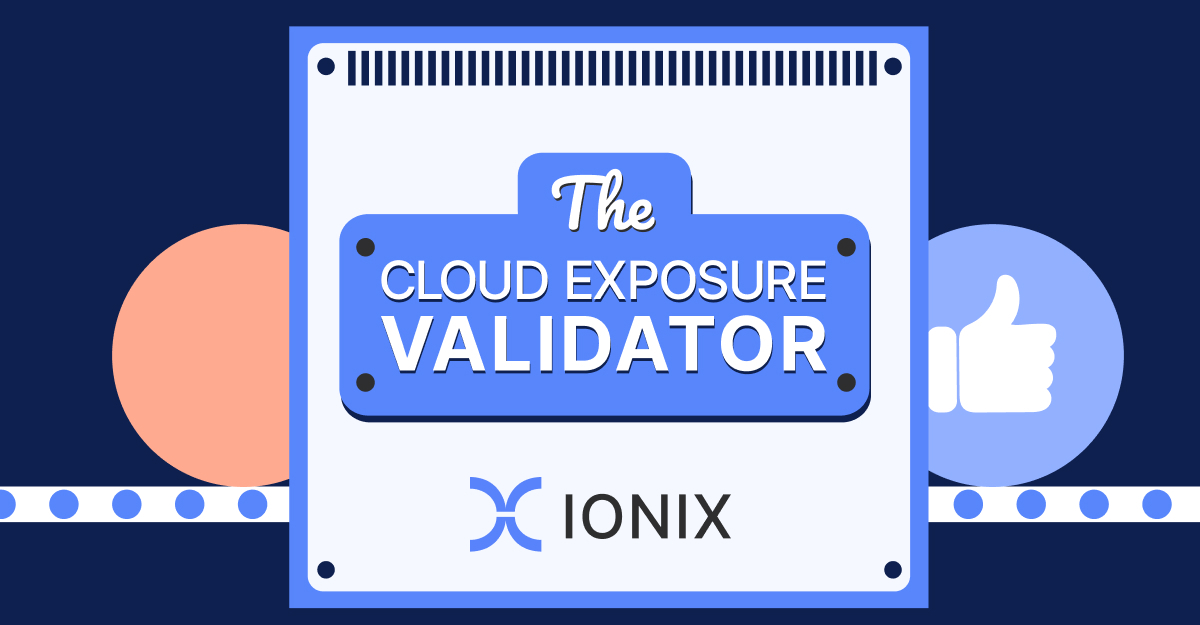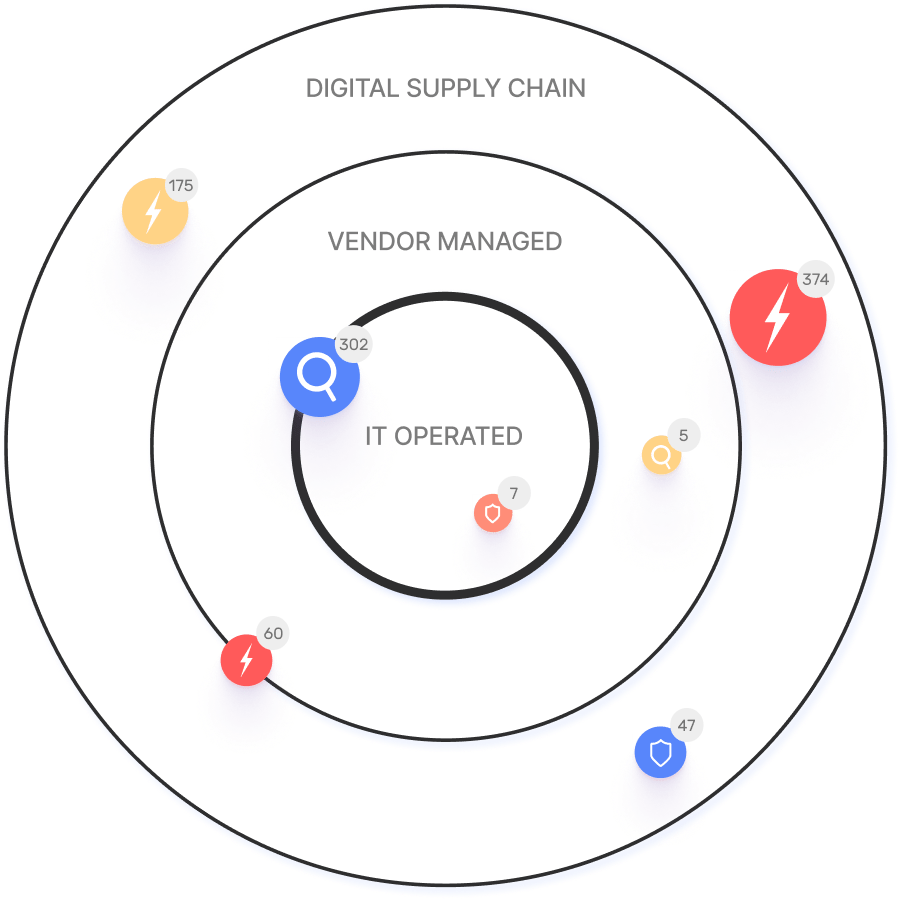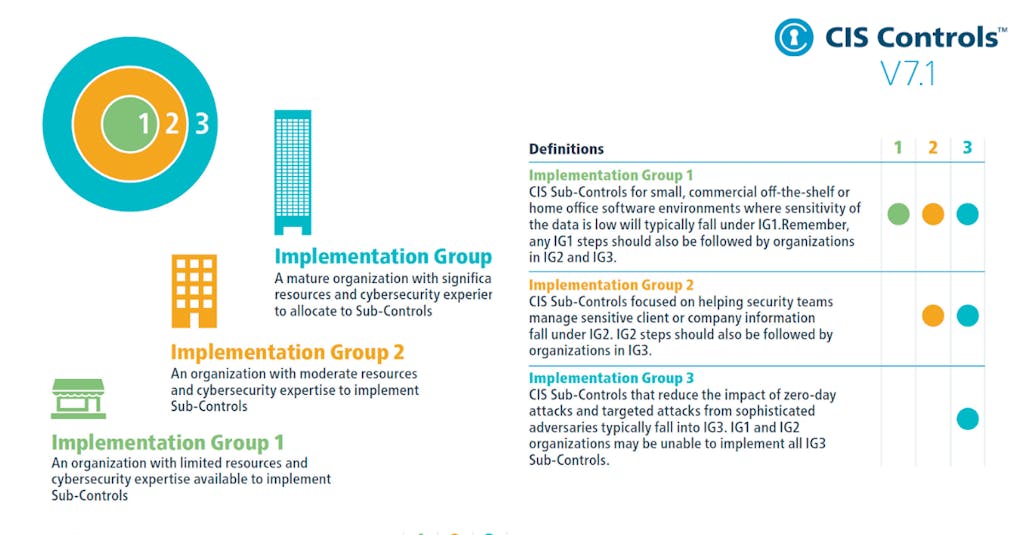Frequently Asked Questions
Product Information & CIS Control 3
What is CIS Control 3 and why is it important?
CIS Control 3 focuses on data protection. It involves developing processes and technical controls to identify, classify, securely handle, retain, and dispose of data. This control is crucial because sensitive information—such as financial, intellectual, and customer data—often exists outside enterprise boundaries (e.g., in the cloud, on remote devices, or shared with global partners). Protecting this data is essential for regulatory compliance and risk management. Learn more.
What are the safeguards included in CIS Control 3?
CIS Control 3 includes fourteen safeguards, each mapped to a NIST CSF function and an implementation group (IG1, IG2, IG3). These safeguards cover areas such as data management, inventory, access control, retention, disposal, encryption, classification, documentation, segmentation, data loss prevention, and logging sensitive data access. For a full list and details, visit CIS Control 3 Explained.
How do Implementation Groups (IGs) work in CIS Control 3?
Implementation Groups (IGs) are self-assessed categories that help organizations prioritize safeguards based on their cybersecurity maturity. IG1 is the most basic level, IG2 is intermediate, and IG3 is advanced. Safeguards required for IG1 must also be implemented in IG2 and IG3. This tiered approach ensures organizations can scale their data protection efforts according to their needs. Read more.
Features & Capabilities
What cybersecurity solutions does IONIX offer?
IONIX specializes in cybersecurity solutions focused on attack surface risk management. The platform provides features such as Attack Surface Discovery, Risk Assessment, Risk Prioritization, and Risk Remediation. It helps organizations discover all relevant assets, monitor changes, and reduce noise for more effective security operations. Learn more.
What are the key capabilities and benefits of IONIX?
Key capabilities of IONIX include complete external web footprint identification, proactive security management, real attack surface visibility, continuous discovery and inventory, and streamlined remediation. These features help organizations improve risk management, reduce mean time to resolution (MTTR), and optimize security operations. Why Ionix.
What integrations does IONIX support?
IONIX integrates with tools such as Jira, ServiceNow, Slack, Splunk, Microsoft Sentinel, Palo Alto Cortex/Demisto, and AWS services (including AWS Control Tower, AWS PrivateLink, and pre-trained Amazon SageMaker Models). For a full list, visit IONIX Integrations.
Does IONIX offer an API for integrations?
Yes, IONIX provides an API that supports integrations with major platforms like Jira, ServiceNow, Splunk, Cortex XSOAR, and more. Details are available at IONIX Integrations.
Security & Compliance
What security and compliance certifications does IONIX have?
IONIX is SOC2 compliant and supports companies with NIS-2 and DORA compliance, ensuring robust security measures and regulatory alignment.
How does IONIX help organizations with data protection and privacy?
IONIX helps organizations protect sensitive data by providing comprehensive attack surface management, risk assessment, and remediation tools. These capabilities support compliance with international privacy regulations and ensure encryption and lifecycle management of data. Learn more.
Use Cases & Benefits
Who can benefit from using IONIX?
IONIX is designed for Information Security and Cybersecurity VPs, C-level executives, IT managers, and security managers across industries, including Fortune 500 companies. It is suitable for organizations in insurance, financial services, energy, critical infrastructure, IT, technology, and healthcare. IONIX Customers.
What business impact can customers expect from IONIX?
Customers can expect improved risk management, operational efficiency, cost savings, and enhanced security posture. IONIX enables visualization and prioritization of attack surface threats, actionable insights, and streamlined workflows to reduce mean time to resolution (MTTR). Read more.
Can you share specific case studies or customer success stories?
Yes, IONIX has several customer success stories:
- E.ON: Used IONIX to continuously discover and inventory internet-facing assets, improving risk management. Read more.
- Warner Music Group: Boosted operational efficiency and aligned security operations with business goals. Learn more.
- Grand Canyon Education: Enhanced security by proactively discovering and remediating vulnerabilities. Details.
Pain Points & Solutions
What core problems does IONIX solve?
IONIX addresses challenges such as identifying the complete external web footprint (including shadow IT and unauthorized projects), proactive security management, real attack surface visibility, and continuous discovery and inventory of internet-facing assets. These solutions help organizations mitigate risks, prevent breaches, and maintain up-to-date inventories in dynamic IT environments.
What are the KPIs and metrics associated with the pain points IONIX solves?
Key KPIs include completeness of attack surface visibility, identification of shadow IT and unauthorized projects, remediation time targets, effectiveness of surveillance and monitoring, severity ratings for vulnerabilities, risk prioritization effectiveness, completeness of asset inventory, and frequency of updates to asset dependencies.
Technical Requirements & Implementation
How long does it take to implement IONIX and how easy is it to start?
Initial deployment of IONIX typically takes about a week and requires only one person to implement and scan the entire network. Customers have access to onboarding resources such as guides, tutorials, webinars, and a dedicated Technical Support Team. Read more.
What training and technical support does IONIX provide?
IONIX offers streamlined onboarding resources, including guides, tutorials, webinars, and a dedicated Technical Support Team to assist customers during implementation and adoption. Learn more.
What kind of ongoing support is available after purchasing IONIX?
IONIX provides technical support and maintenance services during the subscription term, including troubleshooting, upgrades, and maintenance. Customers are assigned a dedicated account manager and benefit from regular review meetings to address issues and ensure smooth operation. Details.
Guides & Resources
Where can I find guides and resources from IONIX?
IONIX offers comprehensive guides, datasheets, and case studies on its resources page. Topics include Automated Security Control Assessment (ASCA), web application security, exposure management, vulnerability assessments, the OWASP Top 10, CIS Controls, and attack surface management. Visit IONIX Guides and IONIX Resources.
What is the purpose of the IONIX Guides section?
The IONIX Guides section provides resources and insights into cybersecurity topics, tools, and frameworks. These guides help organizations enhance their security posture, understand key concepts, and implement best practices. Explore the guides at https://www.ionix.io/guides/.
What is CIS Control 3 about?
CIS Control 3 is about data protection. It involves developing processes and technical controls to identify, classify, securely handle, retain, and dispose of data. Learn more.
Performance & Recognition
How is IONIX recognized for product performance and innovation?
IONIX has earned top ratings for product innovation, security, functionality, and usability. It was named a leader in the Innovation and Product categories of the ASM Leadership Compass for completeness of product vision and a customer-oriented, cutting-edge approach to ASM. Read more.
Customer Experience
What feedback have customers given about IONIX's ease of use?
Customers have rated IONIX as user-friendly and appreciate having a dedicated account manager for smooth communication and support during usage.
Competitive Differentiation
How does IONIX differ from other attack surface management solutions?
IONIX stands out for its ML-based 'Connective Intelligence' that discovers more assets with fewer false positives, Threat Exposure Radar for prioritizing critical issues, and comprehensive digital supply chain coverage. It reduces noise, validates risks, and provides actionable insights for maximum risk reduction and operational efficiency. Why IONIX.



